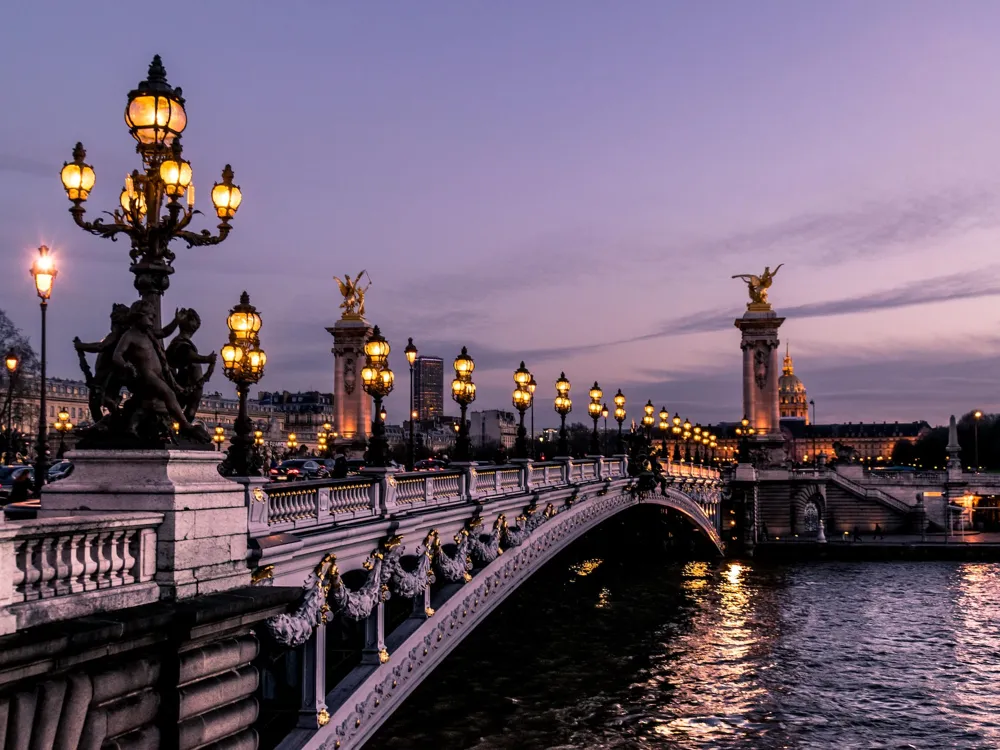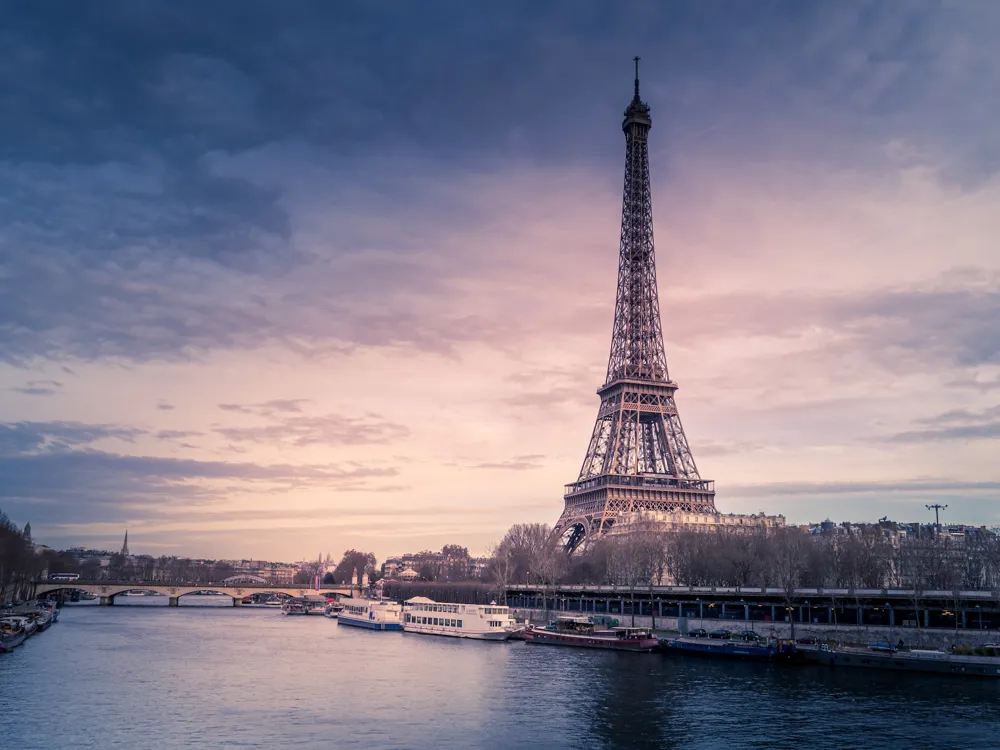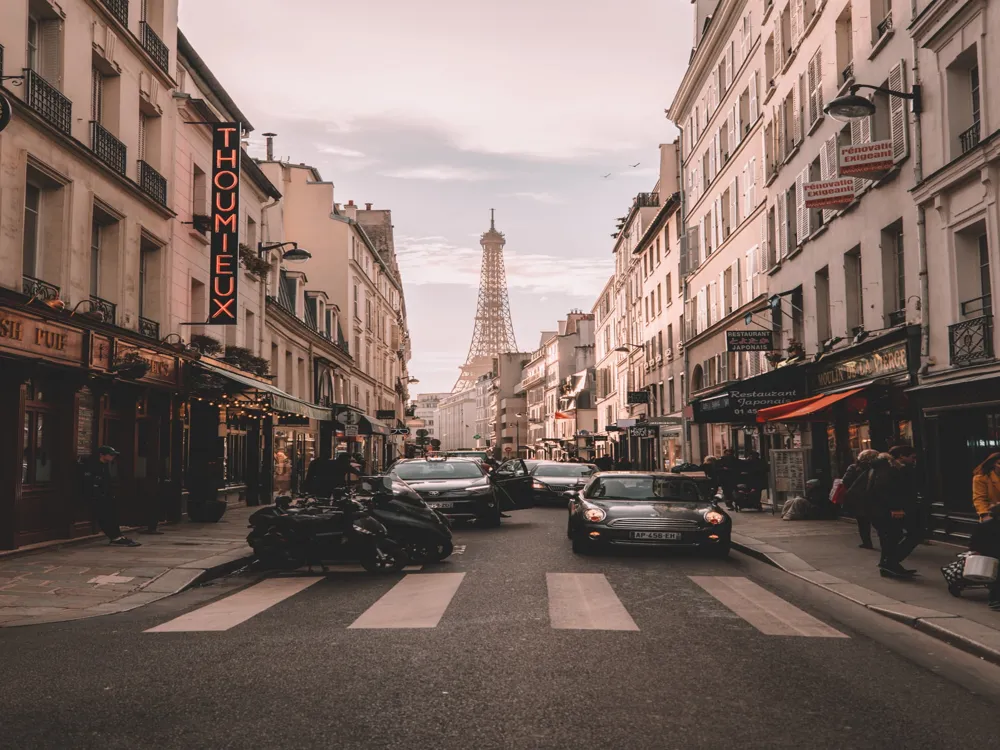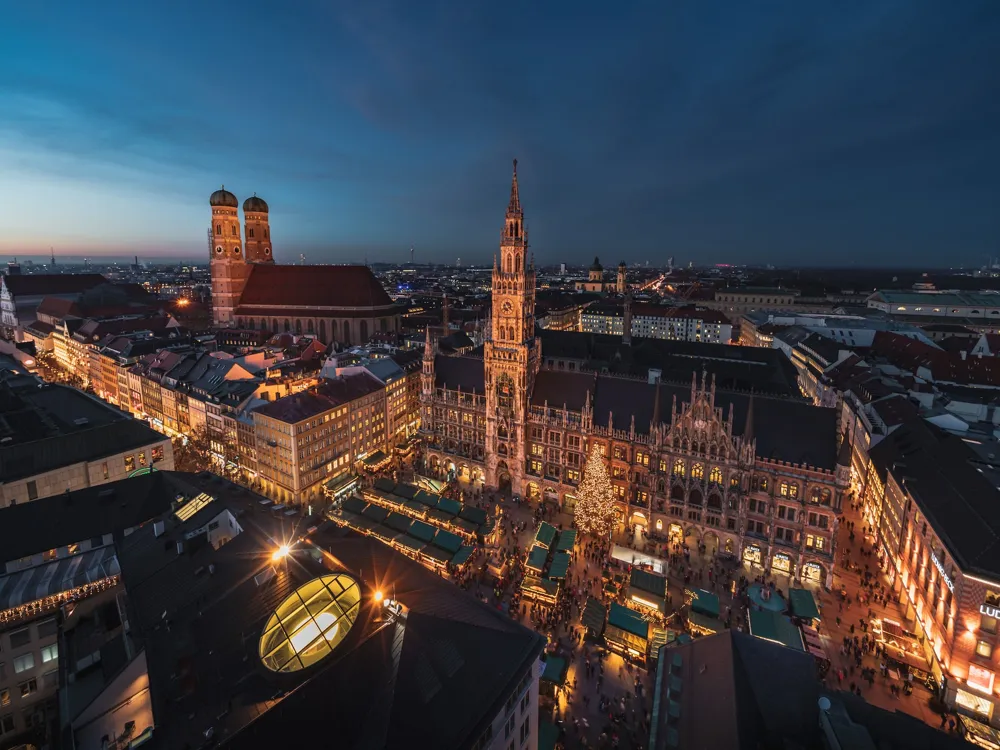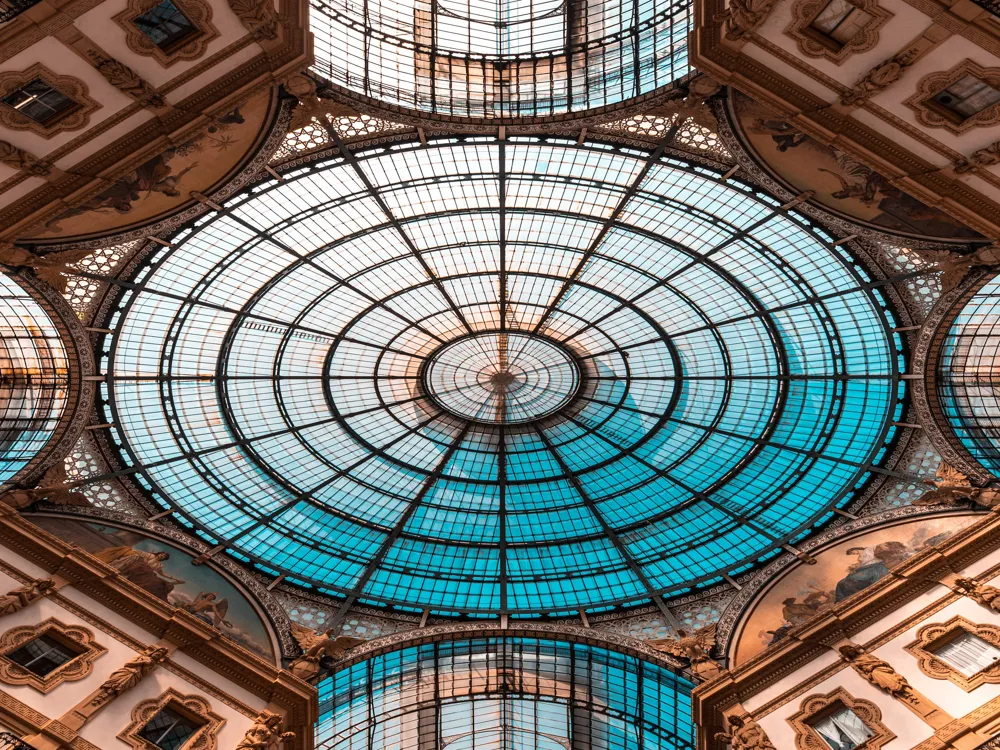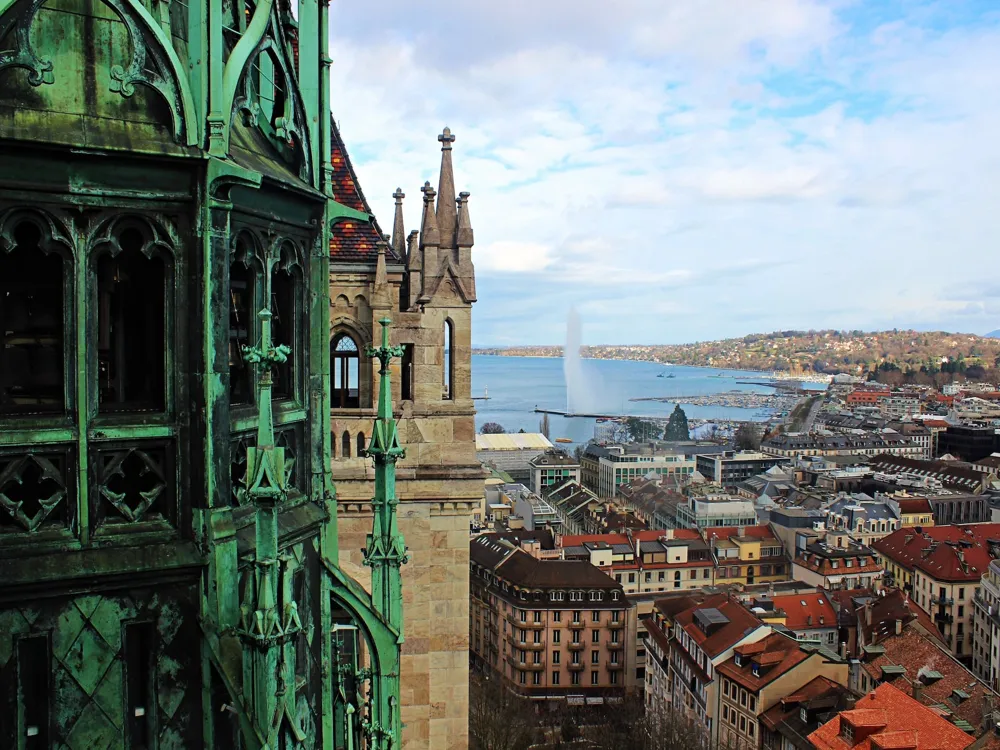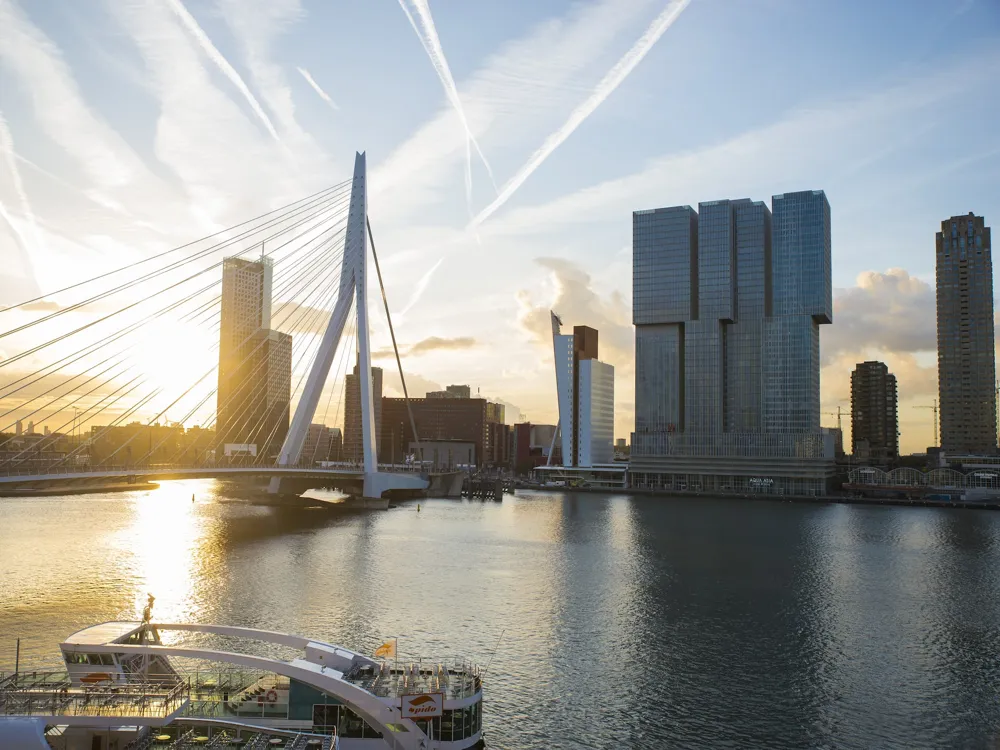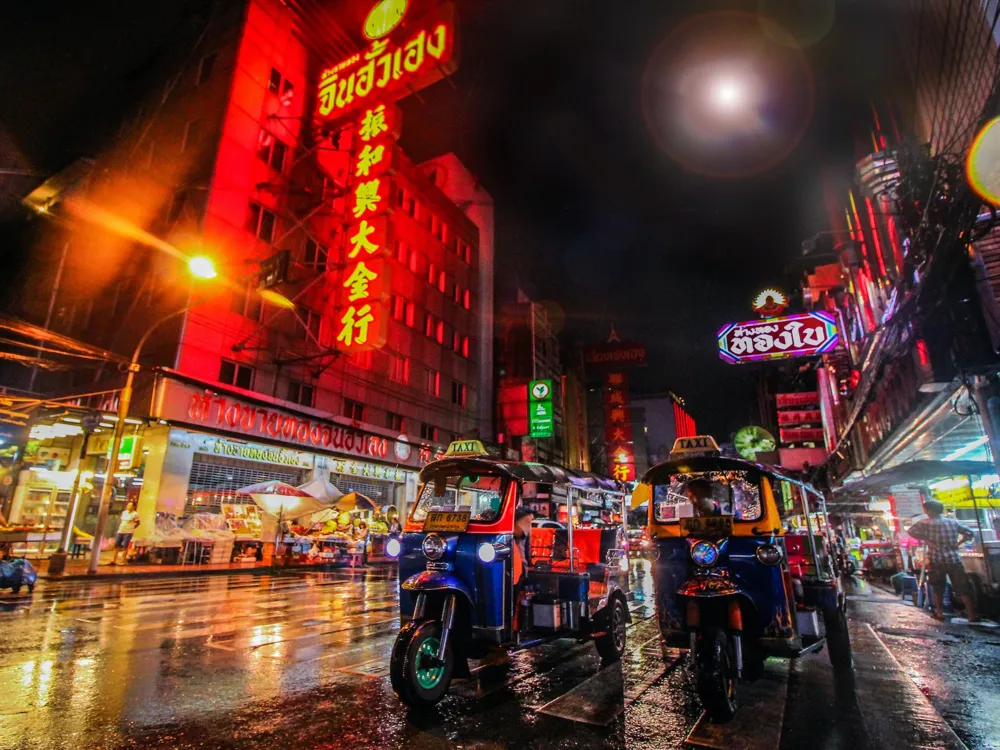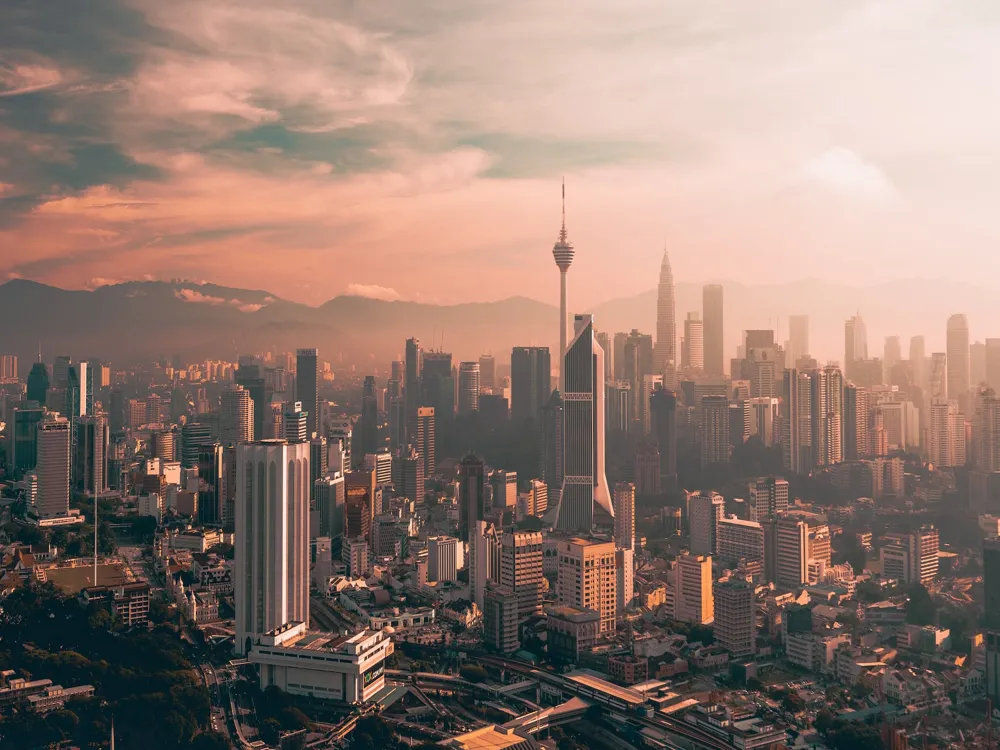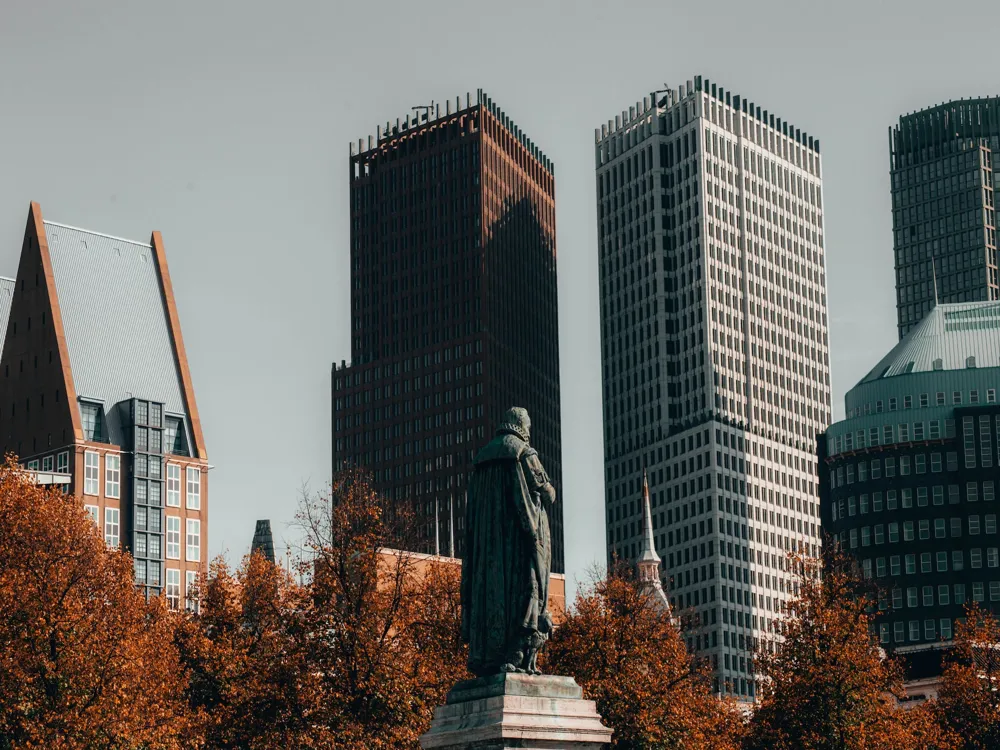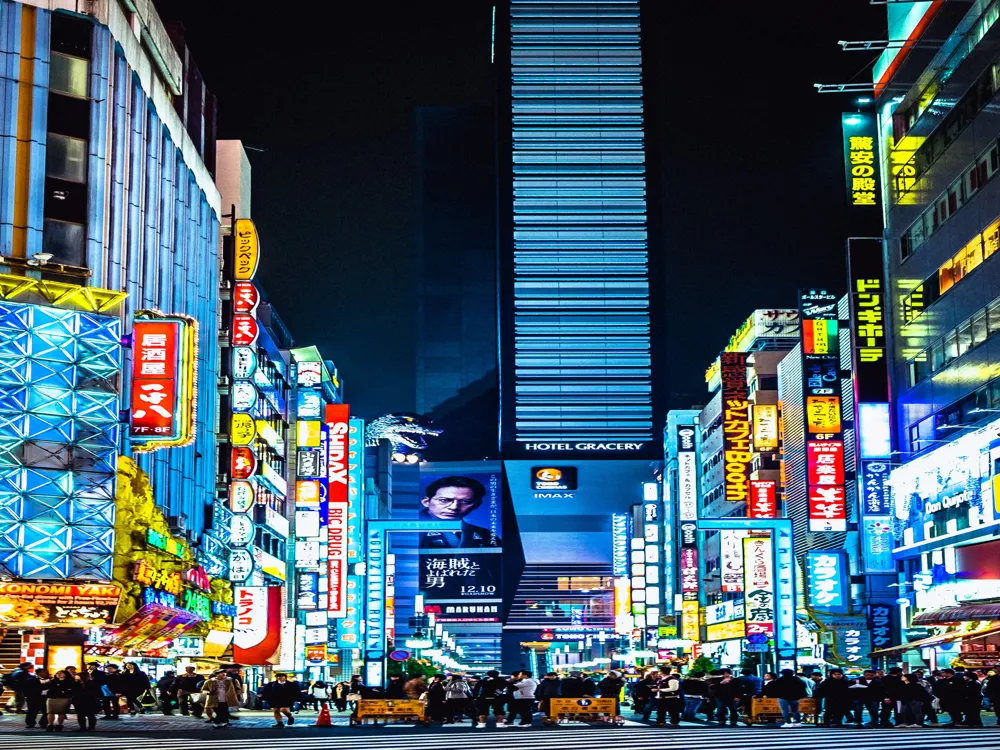Plan Your Travel To Paris
Places To Visit In Paris
Pont Neuf
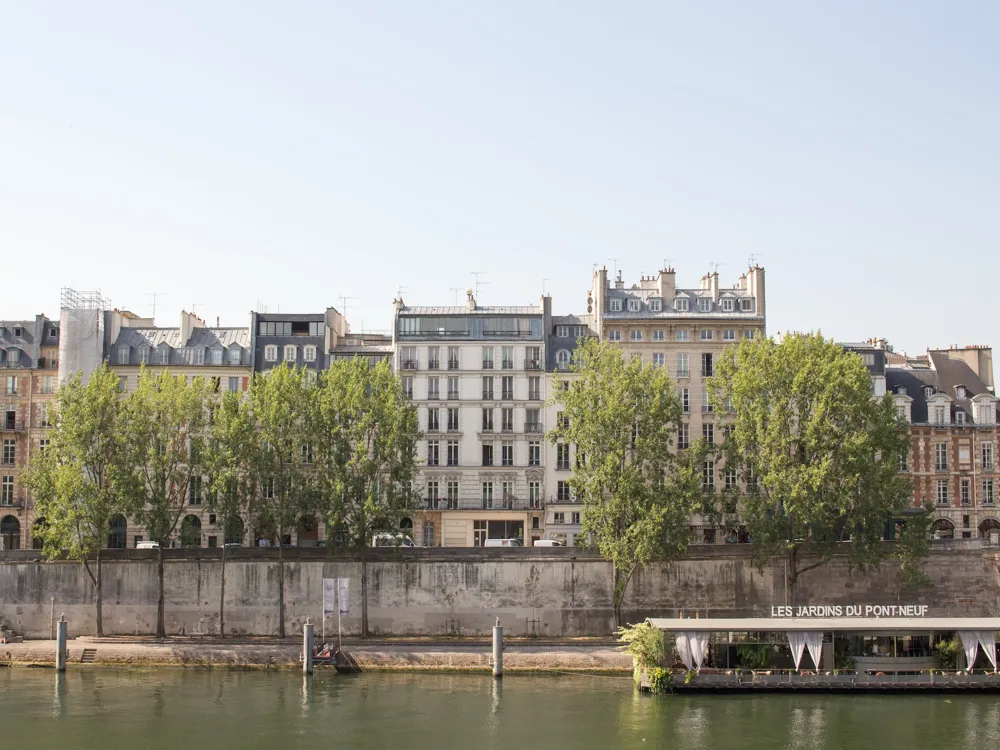
Pont Neuf is the oldest standing bridge in Paris, France, which is located by the western point of the Île de la Cité. The Pont Neuf is a busy bridge and a popular tourist attraction. The attractions near the bridge include a beautiful park called the Square du Vert-Galant, a lively public square Place Dauphine, Louvre Museum and La Villete.
The bridge completed construction in 1607 and is to this date, an emblematic representation of that time. It was commissioned by King Henry III of France who laid the foundation stone in 1578. Pierre des Isles was one of the builders who played a major role in its construction and development. There are a handful of attractions near Pont Neuf that will ensure that you have a good time when you visit the bridge. The French Ministry of Culture, in 1889, classified the Pont Neuf in the historical monument category.Even though the bridge remains a lively place, its popularity has been significantly reduced along with the central role that it used to play in Paris. Couples from all around the world used to come here to participate in the age-old tradition of love locks. Unfortunately, the weight of the locks resulted in a significant load on the bridge gradually decreasing its structural strength, and hence, had to be removed with time.
Read More
Sacre-Coeur

Sacre-Coeur is a Roman Catholic church and a basilica, situated on the Montmartre hill in Paris, France. It is dedicated to the Sacred Heart of Jesus, which represents the love of Jesus Christ. The basilica is the second highest point of the city, next to the Eiffel Tower.
There is also an observation deck that is located at the topmost points of the central dome. These observation points will deliver to you captivating views of the shimmering golden city of Paris bedecked in its monumental finesse. Construction of the basilica began in 1875 and concluded in 1914, but consecration ceremonies took place only after the end of World War I, in 1919. It emerges as an extremely popular destination for locals as well as tourists alike as it is a religious monument. The Sacré-Cœur is a symbol of both cultural and political stance, and hence, is considered to be a double monument. Visitors have the choice of indulging in a handful of activities and events that take place at the basilica, which include night adorations and prayers. The basilica represents a Romano-Byzantine style of architecture, an uncommon and new form at that time, which gathered the basilica a lot of attention from the people of France. It has been a symbol of bravery, protection and revolution post-Franco-Prussian War of 1870.
Read More
Saint Chapelle
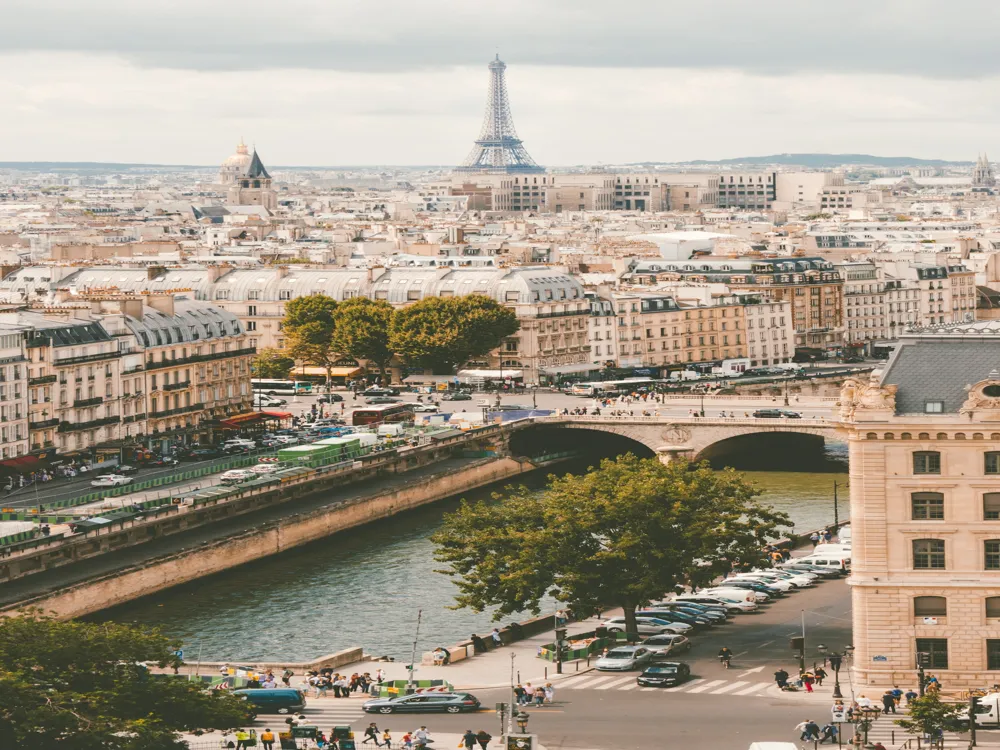
The Sainte-Chapelle is a royal chapel which lies within the Palais de la Cite, in Paris, France. It houses one of the most sizeable 13th-Century stained glass collections of the world. The primary highlights of this chapel are its stained glass collection, its classical opera and concert.
The Sainte-Chapelle is one of the oldest and earliest surviving buildings of the Capetian Royal Palace on the Ile de la Cite. The chapel is a classic example of Gothic style of architecture. The chapel was constructed sometime after 1238, commissioned by King Louis IX of France, aimed solely at housing his collection of relics from the last times of Jesus Christ until his crucifixion. It includes one of the most important relics, Christ’s Crown of Thorns, which was later hosted by the Notre Dame Cathedral.Damaged a little during the French Revolution, this monument was restored in the 19th century and was also classified as a secular historic monument after the French Revolution. The Sainte-Chapelle is a Parish church which is affiliated to the Roman Catholic Church and received the status of a National Monument in 1862.
Read More
Saint-Germain-des-Pres

Saint-Germain-des-Pres is a quarter located in the 6th arrondissement of Paris, France. It is bordered by the River Seine on the north, which testifies for its beautiful views. The quarter is known for its variety of street shops, bookstores, famous cafes and publishing houses.
The abbey was initially taken down in earlier times but was recently restored in 2012. The primary reason for the popularity of Saint-Germain-des-Pres is its history and reputation amongst writers and artists of all kinds.It is the birthplace of many non-conformist notions such that its divergent tendencies sit comfortably next to age-old Parisian architecture and glory. Legendary artists of English Literature such as F. Scott Fitzgerald, Ernest Hemingway and Ezra Pound formed a group called the Lost Generation and were known to hang out in this neighbourhood. The eminent school of fine arts, the Ecole des Beaux-Arts and the Musee national Eugene Delacroix, former apartment and studio of painter Eugene Delacroix are also located in this area. The Abbey of Saint-Germain-des-Pres is a popular place of interest within the quarter. Jazz and Existentialism, two strong non-conformist movements that emerged against the World War found a prominent stronghold in this administrative quarter of Paris during the 20th century. Post-World War II, the literary life of Paris converged at the Saint-Germain-des-Pres, mainly because of its non-conformism and the humongous presence of bookstores and publishing houses. Cafes in the area provided serenity to writers and authors and helped them overcome the writer’s block. Actors, musicians, poets and philosophers used to form groups and gather around in the area, to discuss emotions, feelings and life in general.
Read More
The Louvre
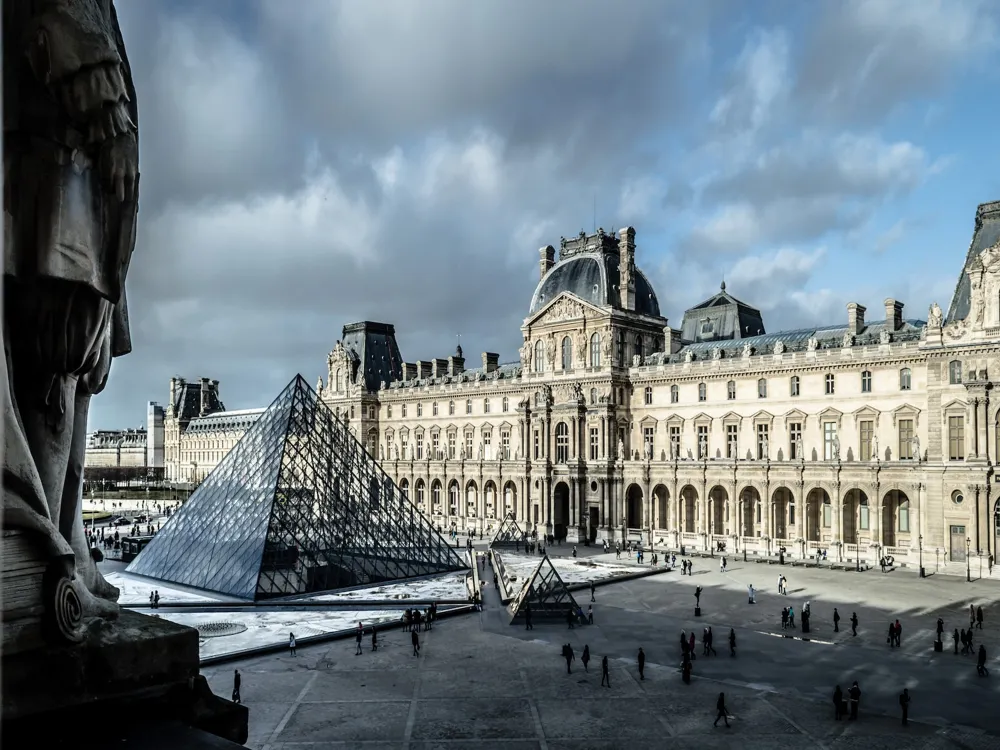
Elegant and lavish in style, the French museum of Louvre is a landmark monument in the city Paris which stands tall with the tag of world’s largest museum. It is housed in the Louvre Palace on the banks of the Seine and hosts impressive art collections including the Mona Lisa by Leonardo Da Vinci.
The museum consists of departments of Egyptian antiques, Greek, Etruscan and Roman Antiquities, Islamic Art, Sculptures, Decorative Arts, Paintings, Prints and Drawings. The Louvre has over 380,000 works in-store, but only a handful are on display in the exhibit section, with renowned artworks from Leonardo Da Vinci, Vermeer, Michelangelo, Rembrandt and Eugène Delacroix. Besides the artworks here, the glass pyramid which serves as the main entrance to the museum and the Inverted Pyramid built as a part of the Grand Louvre plan are the other star attractions of this place. The Carrousel and Tuileries Gardens are other historical sites here with an open-air sculpture museum, whose pathways lead to the Louvre.Initially a royal residence, this museum has undergone great renovation and remodelling since the 18th century and now boasts of a world-class museum space with an underground shopping mall, the Carrousel du Louvre. The three wings in the Louvre are the Sully, Richelieu, and Denon wings at the eastern, northern and southern end. Also available here are the guided tours in the English language which can be booked either online or at the ticket area under the pyramid. The museum also hosts seasonal exhibitions on its premises.
Read More
Alma Bridge
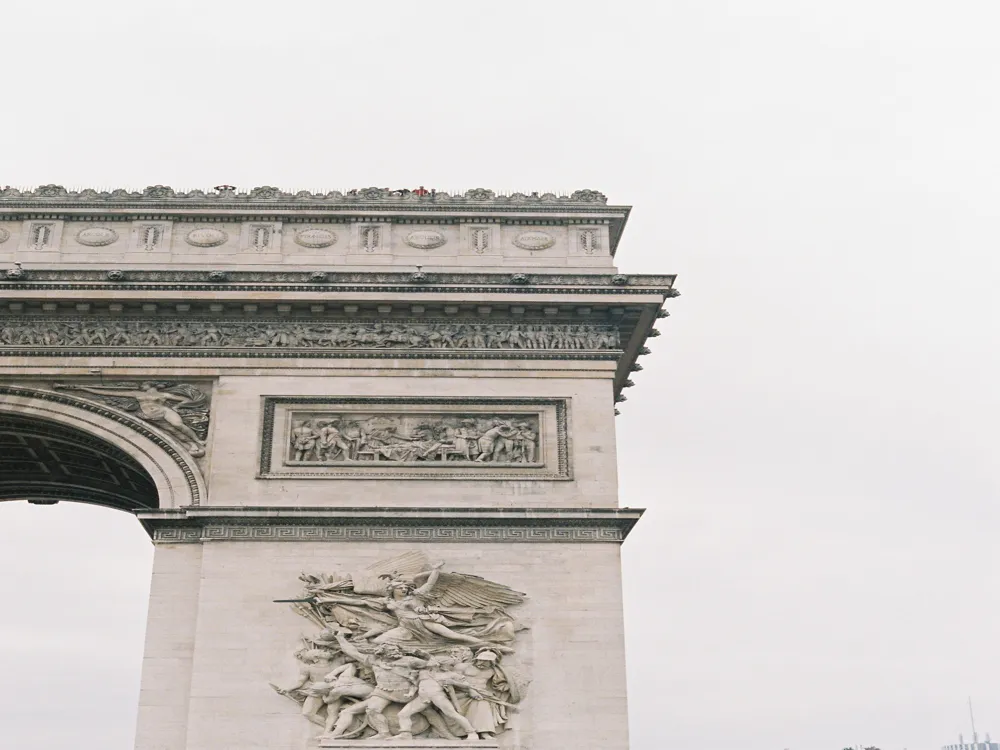
Alma Bridge is a slender road bridge across the River Seine. It is also the site of the car accident that led to the tragic death of Princess Diana and Dodi Fayed. You can enjoy the picturesque view of the Eiffel Tower from Pont de l'Alma, too!
It was named to memorialize the victory in the Battle of Alma during the Crimean War on 20 September 1854, which was between the Ottoman-Franco-British alliance and the Russian army. Set in the western part of Paris, the Pont de l’Alma was constructed in 1854 on the orders of Napoleon III. This bridge is 42 m (138 ft) wide & 153 m (502 ft) long. It runs from the Musée du Quai Branly - Jacques Chirac and the Paris Sewer Museum on the Left Bank to Chez Francis - the estimable brasserie on Place de l’Alma, where you will come across a statue that is identical to the flame of Bartholdi’s Statue of Liberty.
Read More
Bastille
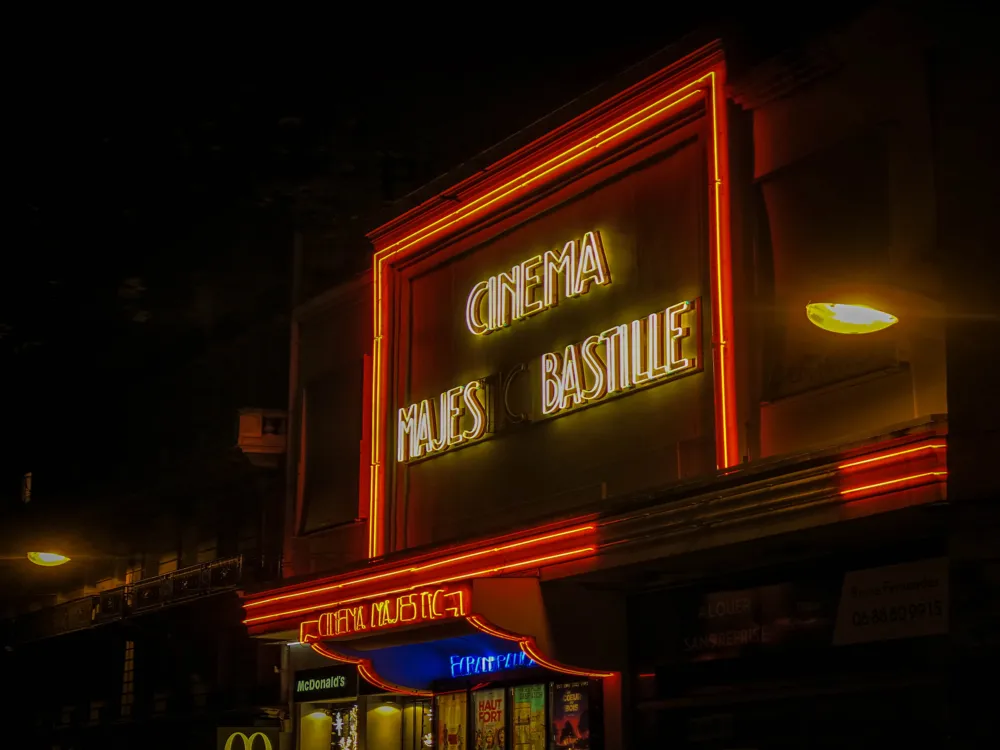
The Place de la Bastille is a square in the beautiful city of Paris. It is the place where the Bastille prison stood previously. The square host's concerts and other public events. The Place de la Bastilles sprawls the 4th, 11th, & 12th arrondissements of Paris.
The northeastern area of Bastille, which is bustling at night with its concert halls, cafés, and nightclubs. In the conflict of the French Revolution in 1789, the Bastille old fortress was stormed by a crowd. This square and its surrounding areas are collectively referred to as Bastille. Remarkably, the Colonne de Juillet or the July column is erected at the center of the square to commemorate the events of the July Revolution in 1830. The Bastille (Bastille Saint-Antoine) was originally a fortress in Paris since that was used as a state prison by the kings of France from 1659 until the storming. It became a significant symbol for the French Republican movement but was replaced by the Place de la Bastille, after which there were no remnants of the prison. Place de la Bastille was inaugurated on the bicentenary of the French Revolution.
Read More
Belleville Paris
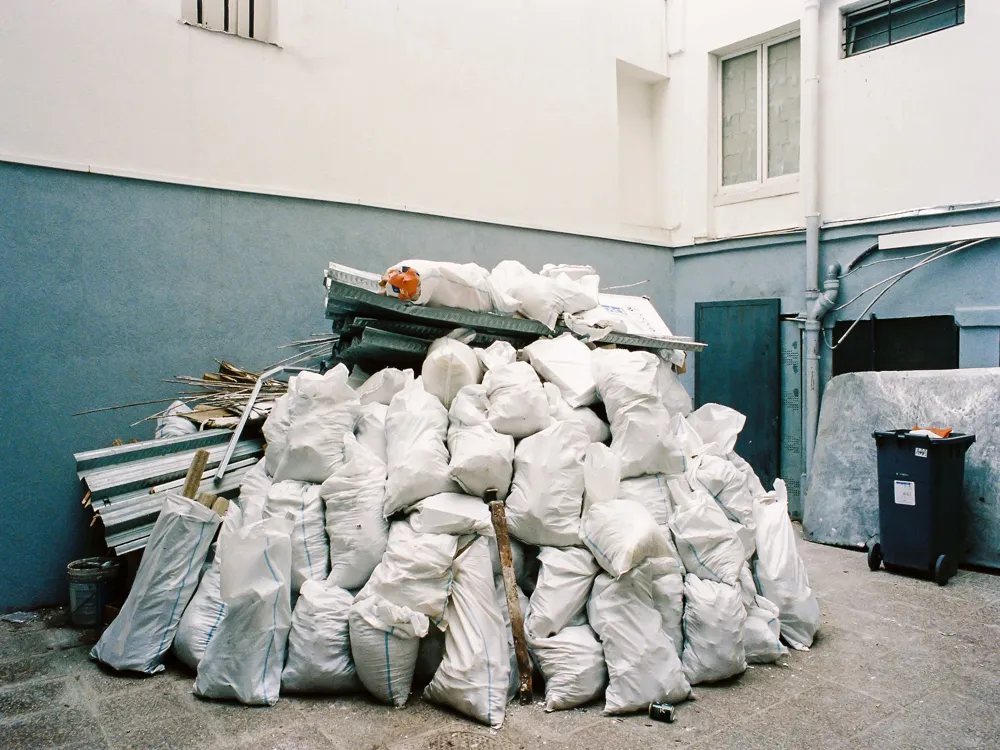
Belleville is a neighborhood in the northeast of Paris that is popular for its admirable street art and wide-ranging city views. It hosts a monthly street food market that stretches along the Boulevard de Belleville with an outdoor table arrangement.
A specific area of Belleville serves as a Chinese quarter, featuring grocery stores & unadorned restaurants, along with contemporary art galleries. Rue Sainte-Marthe is a quaint street lined with art studios and International eateries. Besides, hilly Parc de Belleville offers beautiful city views.Strikingly, Belleville is renowned as a ground of battles and massacres, following the famous short revolution of 1871, called the Paris Commune. This neighborhood has so much to offer the more fearless and culture-enthusiast traveler who is interested in gaining insights into how Belleville is marked by the captivating history of working-class culture, popular revolts, and revolutions. Today, it is brimming with Asian restaurants, cafes, local markets, wine shops, and hip bars.
Read More
Champ de Mars
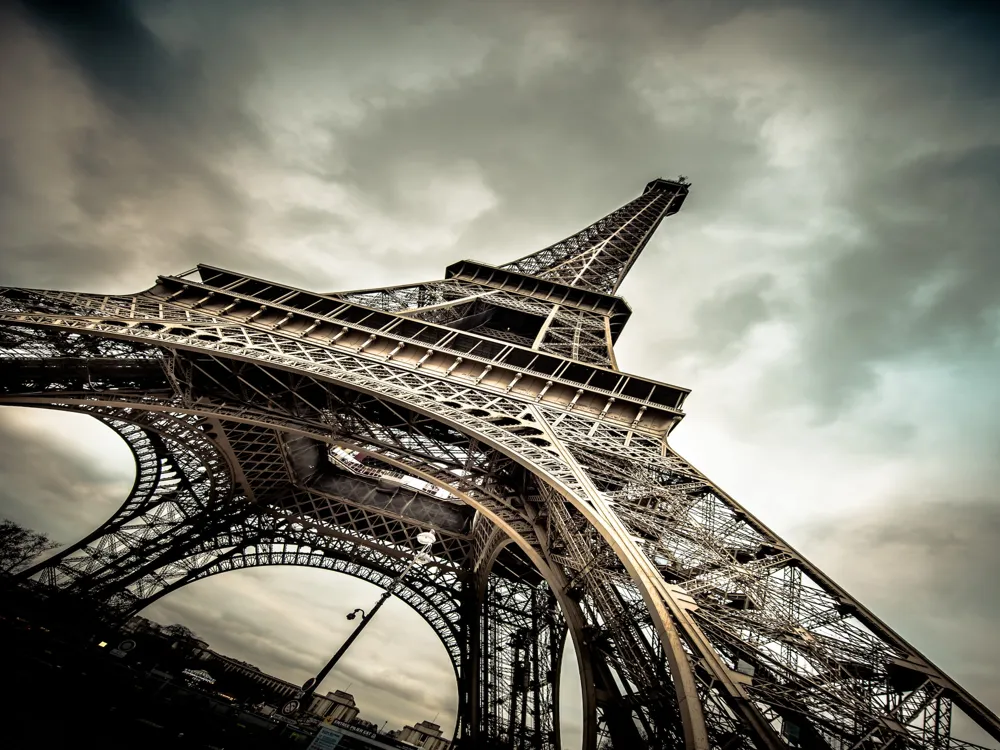
The Parc du Champ de Mars is a spacious landscaped public park in the city. It is nestled in the seventh arrondissement, between the École Militaire to the southeast and the Eiffel Tower to the northwest. Champ de Mars is an amazing spot for families.
Formerly, the park was utilized as marching and drilling grounds by the French military. Also, it was the site of Exposition Universelles multiple times. Champ de Mars is presently one of the most splendid green spaces that Paris city encompasses. You can take a walk, plan a picnic, or simply visit to relax under the shadow of the Eiffel Tower & enjoy the mesmerizing scenery. Remarkably, it is a 780 m (2,574 ft) long greenspace with extensive lawns, trees, paths, various bird species, and a kids' play area. Champ de Mars takes its name from the Campus Martius (Field of Mars) in Rome, as a tribute to the Roman God of war.
Read More
Galerie Vivienne
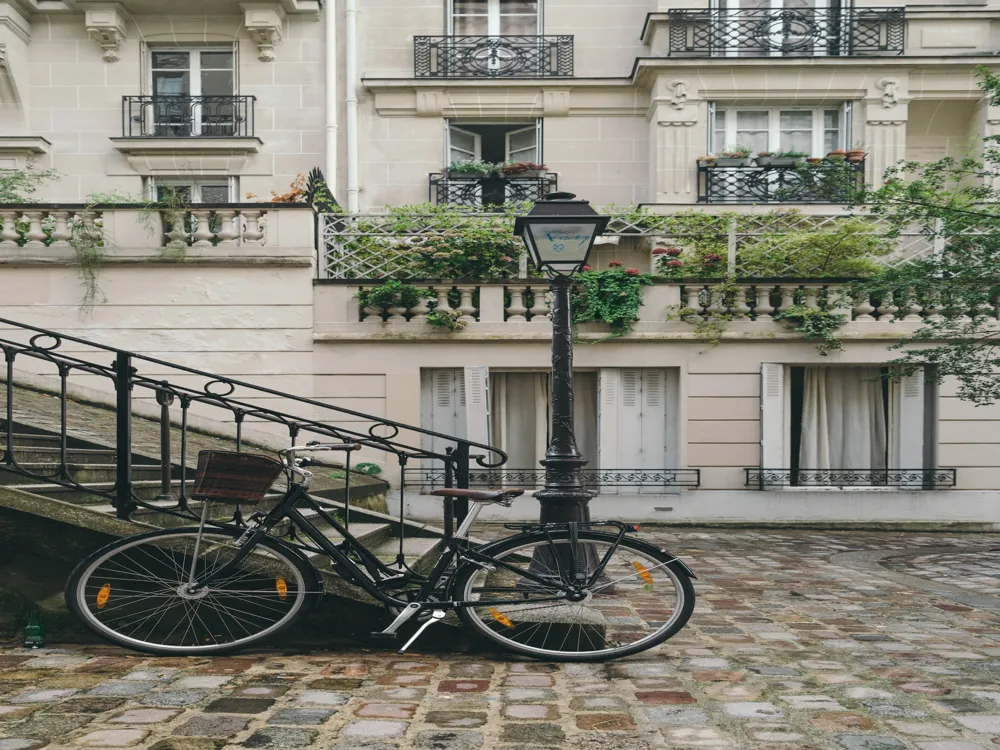
The Galerie Vivienne is a popular covered shopping street in Paris, France, located in the 2nd arrondissement. It is conveniently located between Palais-Royal and La Bourse, behind the Bibliothèque Richelieu, and is a must-see attraction for all Paris lovers.
You will definitely admire the mythology-themed colorful mosaics on the floor and then lift your head up to appreciate the shiny opulent boutiques. It is brimming with various shops of tailors, drapers, printers, ready-to-wear boutiques, cobblers, tea rooms, confectioners, restaurants, wine cellars, grocery shops, old bookshops, bars, and more. You can also access the Galerie Vivienne through Rue de la Banque and Rue Vivienne. This classy covered passage is around 176 meters (577 ft) long and 3 meters (9.8 ft) broad. Notably, this gallery has been acknowledged as a historical monument since 7th July 1974. The Galerie Vivienne was built in 1823, and today, it is one of the most beautiful & iconic covered arcades in Paris.
Read More
Paris Travel Packages
View All Travel Packages Paris
Nearby Places Paris
Browse Package Collections
Browse Hotel Collections











